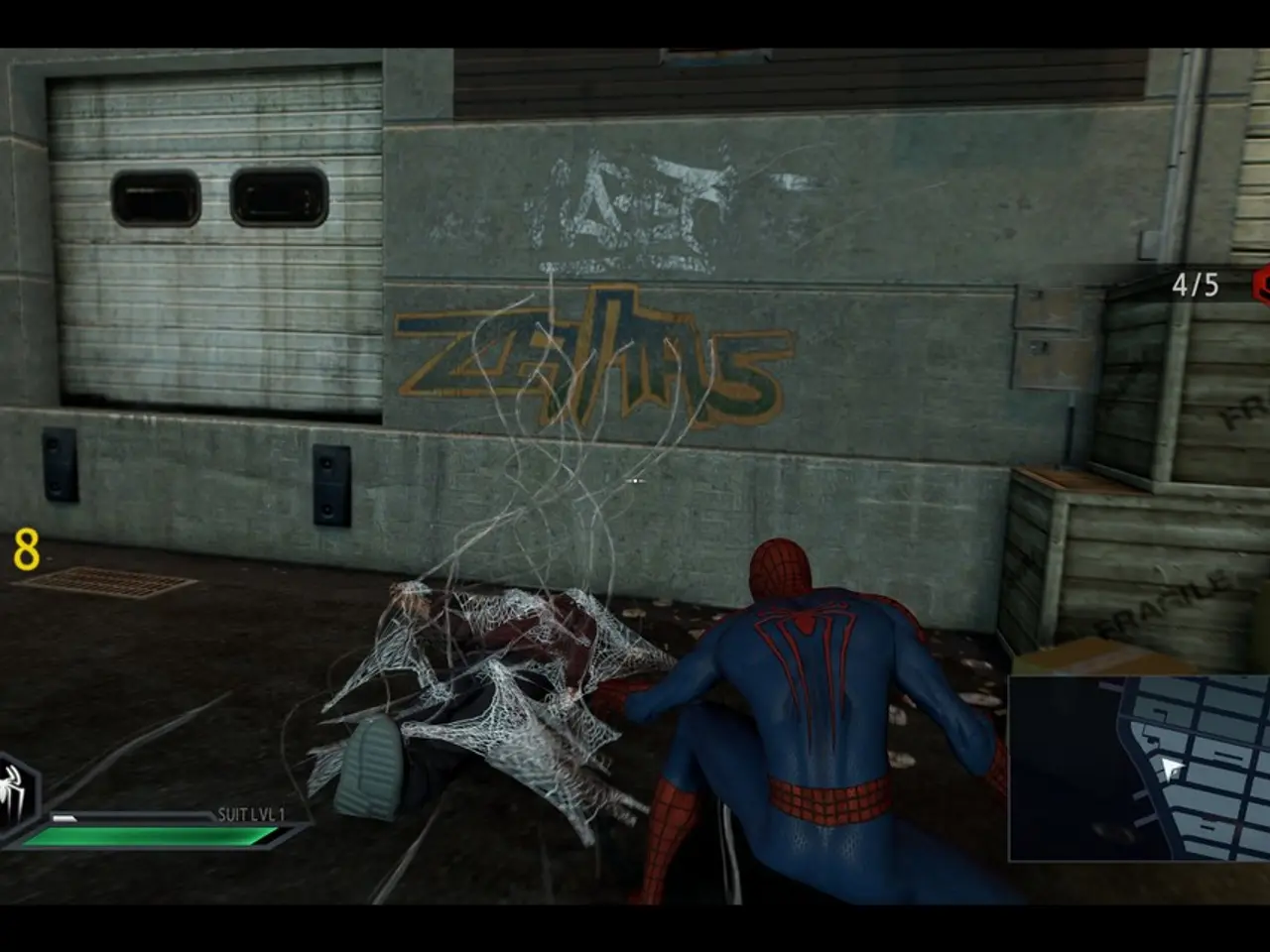Preference of Nearby Relatives Over Airbnb Stays Among Many Americans
=====================================================================
Short-term rentals (STRs), such as Airbnb, have become a popular way for homeowners to generate income while offering travellers unique and local living experiences. However, these rentals can also raise concerns among neighbours about increased noise, parking congestion, and changes in neighbourhood character.
According to a survey, about 44% of homeowners express concerns if they learn their neighbour is operating an Airbnb. The top worries are loud parties or events and increased crime or safety issues.
In cities like New York, STRs have been linked to higher rent prices for residents. The average rent increase is nearly $400 a year due to STRs, according to some estimates.
Despite these concerns, STRs can bring significant benefits. For instance, guests spend an average of $1,722 per trip, money that goes directly to local restaurants, shops, and entertainment services. In Nantucket, Massachusetts, STRs generated $4.8 million in occupancy taxes during the summer of 2023, a 10% increase from the previous year.
Cash home buyers find it easier to invest in homes in disrepair when they can list an Airbnb, enabling them to revitalize entire neighbourhoods. This investment can potentially increase property values in the surrounding area.
Regulations play a crucial role in balancing the benefits and detriments of the STR market. Cities and states enforce various measures, including registration requirements, limits on the number of rental days, licensing or permits, safety standards, and enforcement against illegal or unlicensed rentals.
For example, Santa Fe, New Mexico, issues one STR license every 200 feet. In San Diego County, STR licenses are awarded by lottery or tied to housing availability metrics in a specific zone. Some cities and states are cracking down on STRs to keep their full-time residents happy.
Mark Sanchez, founder of Gator Rated in Florida, is an example of a responsible STR operator. He introduces himself to neighbours, gives them his phone number, and sets clear expectations for guests before they check in. He uses clear language and a one-minute video to help guests understand the area's tone and feel.
The short-term rental market is projected to top $80 billion by 2033 and has nearly 2.5 million properties across the United States. Older couples are the most appealing renters for homeowners, according to 67% of those surveyed.
However, a recent study found that STRs contributed only 0.4% of the 32.7% increase in housing prices from 2014 to 2021. This suggests that while STRs can impact local housing markets, their influence is often overstated.
Despite the concerns, STRs offer a valuable income source for homeowners and provide unique experiences for travellers. With responsible management and appropriate regulations, STRs can coexist with neighbourhoods, offering a balance between economic benefits and quality of life.
References:
[1] Kromidas, P. (2023). The Impact of Short-Term Rentals on Local Communities. Retrieved from www.summeros.com/impact
[2] Anytime Estimate (2023). Airbnb vs Hotels: A Comparative Analysis. Retrieved from www.anytimeestimate.com/airbnb-vs-hotels
[4] Cogswell, E. (2023). Navigating the Short-Term Rental Market: Balancing Host Benefits and Neighbour Concerns. Retrieved from www.thelocalpost.com/rentals
Decorating their homes to attract short-term renters has become a popular pursuit for homeowners, focusing on creating a comfortable and appealing lifestyle. This home-and-garden approach enhances the traveller's experience, demonstrating the transformation of one's residence into a desirable garden-themed retreat.
Furthermore, the revenue generated from these short-term rentals can be invested in local businesses within the home-and-garden sector, such as garden centers or home décor stores, encouraging a symbiotic relationship between garden enthusiasts and short-term rental hosts.




